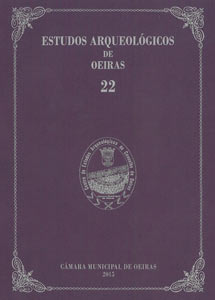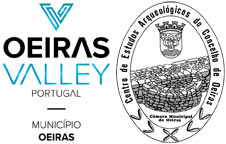A componente animal no Calcolítico Pleno da Estremadura portuguesa: o conjunto de fauna do Alto de Santo Antão (Óbidos)
Palavras-chave:
Middle Chalcolithic, Portuguese Estremadura, Alto de Santo Antão, faunal remains, mammals, chelonians, fishResumo
The site of Alto de Santo Antão was found and excavated during the building works of a water pipe. The site is located in Óbidos, at about one kilometre north of the Medieval village, in the top of the Penedo das Gralhas hill near the chapel dedicated to Santo Antão. The material recovered during the archaeological works revealed a human occupation dated from the Middle Chalcolithic with parallels with layer 2 of Leceia, Castro da Fórnea, Castro do Zambujal, Pedra do Ouro and Outeiro da Assenta. The small faunal assemblage, despite being small and not very well preserved, allowed the identification of wide diversification of mammals – such as equids, cattle, cervids, ovicaprines, carnivores, leporids, and suids –, as well as chelonians and fish. A small invertebrate assemblage was also collected with predominance of oyster shells. Considering the total of 80 studies related to archaeological assemblages dated from the Chalcolithic from the Portuguese Estremadura, and the scarce faunal analyses within this framework, the results of Alto de Santo Antão are an invaluable contribution to the available research from this chronology.
Downloads
Publicado
Como Citar
Edição
Secção
Licença
Os artigos publicados são da exclusiva responsabilidade dos Autores.
É expressamente proibida a reprodução de quaisquer imagens sobre as quais
existam direitos de autor sem o prévio consentimento dos signatários dos artigos
respectivos.




